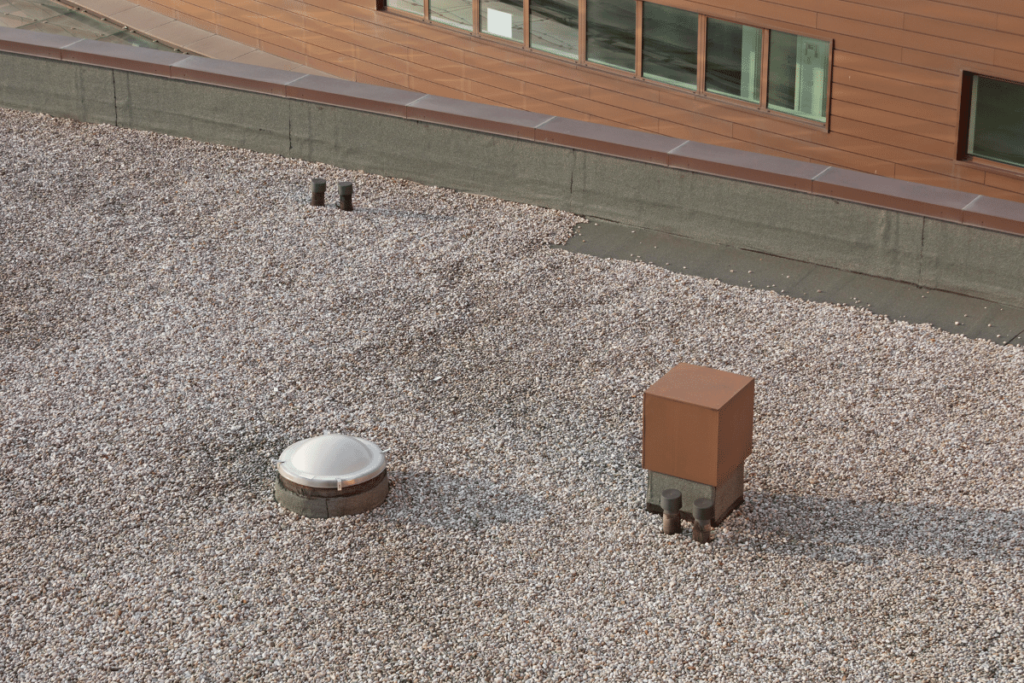What is bur roofing? Bur roofing is a type of roof made out of asphalt or concrete. It was invented in the early 1950s by two brothers, who had trouble finding something to use for their new house’s roof. They went into the hardware store and bought some tar paper and nails, then they took it home and nailed it onto some boards that were lying on top of the rafters. The brothers loved how easy this was to do, so they called up a local contractor in town named Lawrence Burrows for help with making more roofs like theirs. He agreed to teach them about construction materials and helped them figure out how to make their own building supplies company which would sell these types of roofs all over America. Their business became very successful because many people wanted an easier way to build their own houses.

To build a bur roof, first tar roofing paper and nails must be bought, and the nails must be strong enough to hold 60 pounds per square foot. These materials can be found at most building supply stores. The next step is to put the tar paper onto the rafters of the house; this will keep the roof waterproof. Finally, the roof should be covered with cement; this will keep it strong and hold up heavy objects like cars.
Benefits of a Bur Roof
The benefits of a bur roof are that it is easy to install and maintain, and the raw materials used for the roofing material cost significantly less than other materials. A drawback is that there can be problems with drainage on your property if you live in a place that gets a lot of rain or snow. Bur roofs also might not be approved by your local building codes.
There are many different types of materials used for bur roofs, but the most common is asphalt. The roofing itself is made of several layers of asphalt which are applied to a plywood board that rests on top of an air vent system underneath it. Once this has all been completed, the roof is covered with a layer of soil and straw. Theses layers help to insulate and prevent against moisture, but also provide a natural appearance to your home.
Bur roofing can be installed by professionals or by yourself, although it may be difficult for the average person to do so. Bur roofs need plenty of preparation before beginning installation, and cleaning up after is a tedious process.
There are many advantages to installing a bur roof, but it may not be the right choice for you depending on where you live and what type of environment your property has. A professional in your area can assist you in making the best decision based on your individual needs.
Disadvantage of Traditional Roof
One of the disadvantages of having a traditional roof is that it has an increased likelihood to leak, one of the main reasons is due to the material used for the roof. The traditional roofs are made with two layers of materials, which have a high probability to leak. This often happens because water can find its way between these two layers and create leaks.
Bur Roofing is an alternative to the traditional roof. It is a more durable and cost-efficient roof that can last for five times longer than normal roofs. Some of the most important features of this type of roof include:
Traditional roofs are made with fiberglass, synthetic rubber or asphalt. However, Bur Roofing products only contain thermoplastic elastomers (TPE) to ensure no harm is done to the environment. What sets TPE apart from other materials used for roofing is that it blocks air, water and sunlight unlike fiberglass or synthetic rubber. With this in mind, when using Bur Roofing to repair your roof, you will not need any additional support structure besides the existing roof.
In conclusion, bur roofs are a great option for people who want an easier way to put a roof on their house. They may be a little more expensive than old-fashioned roofs, but they do make houses stronger and last longer. Bur roofs can be found at most building supply stores around America. To learn more, do some research on the internet or ask someone around town if they know where to find them.
